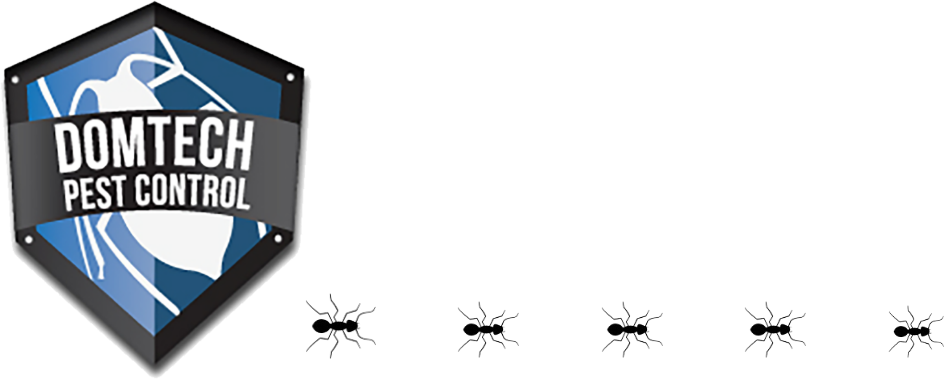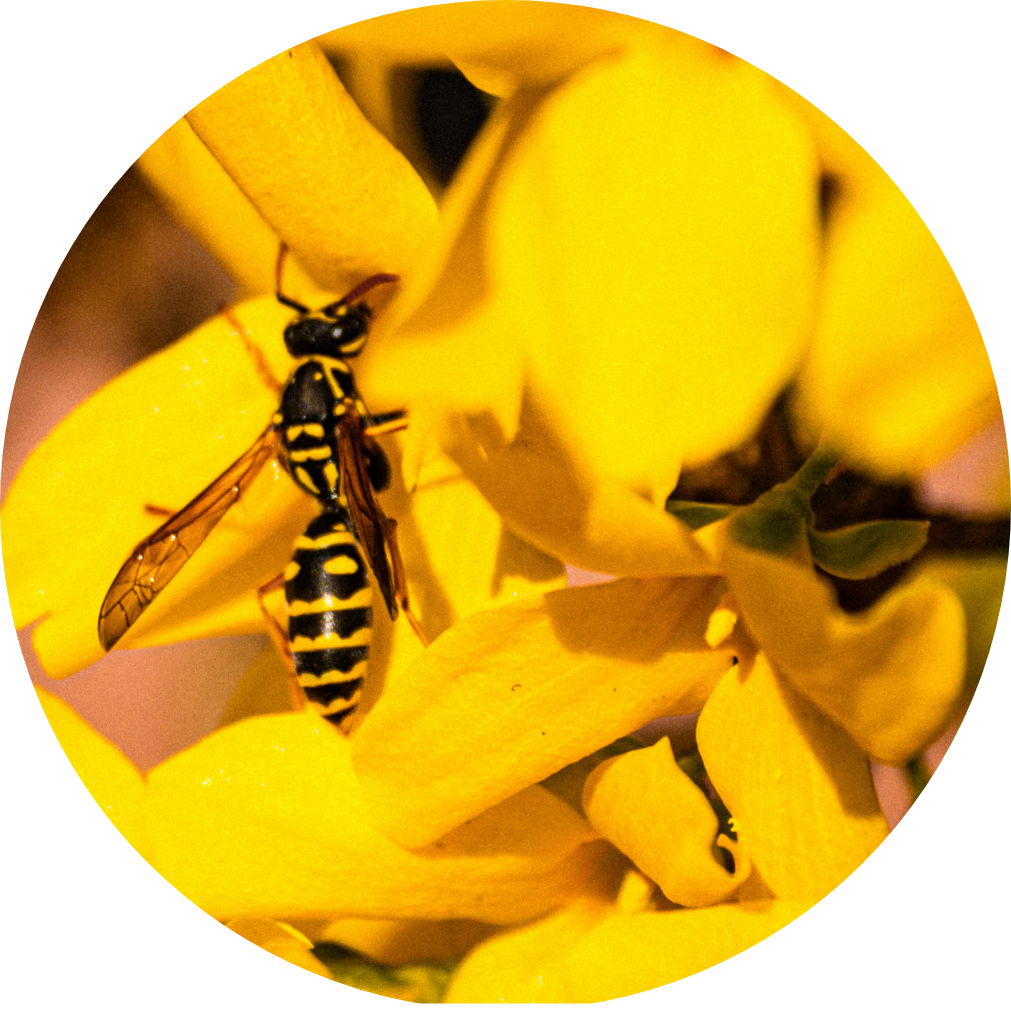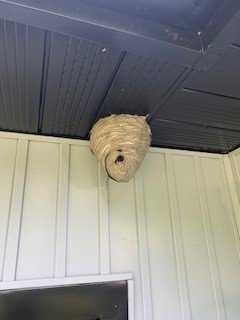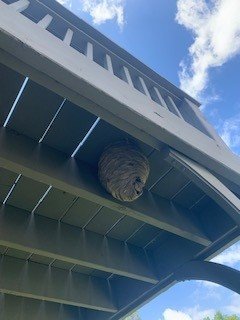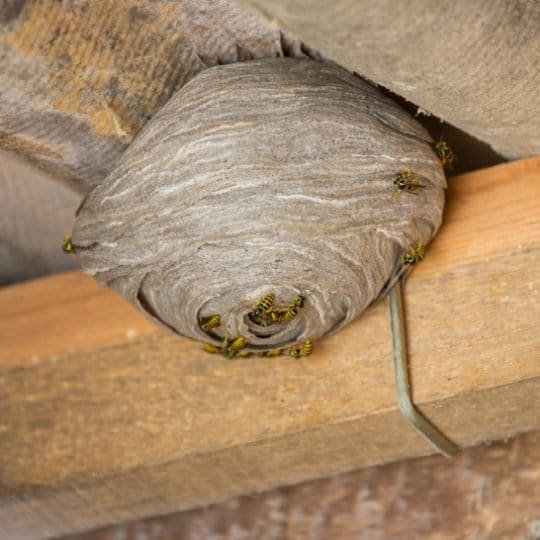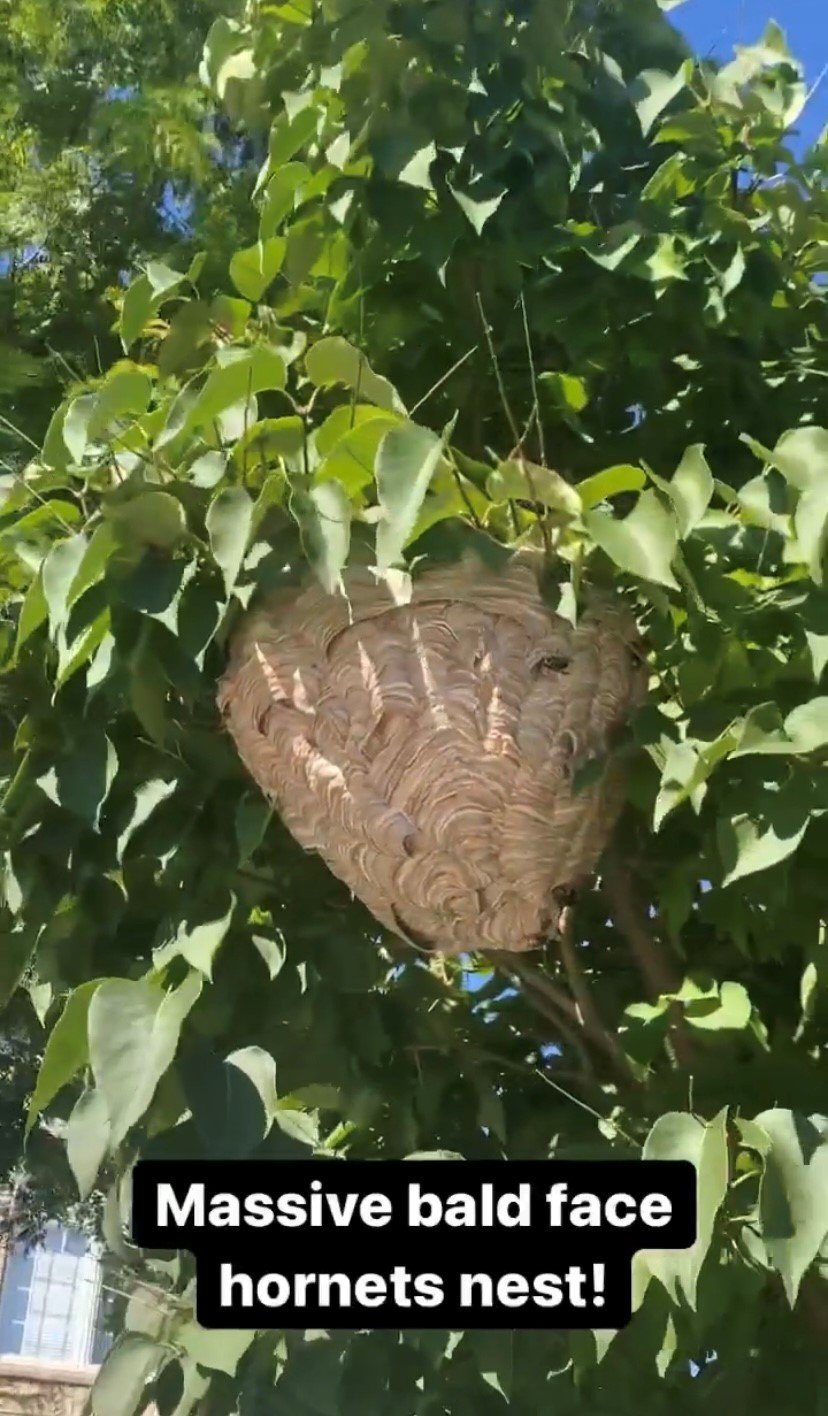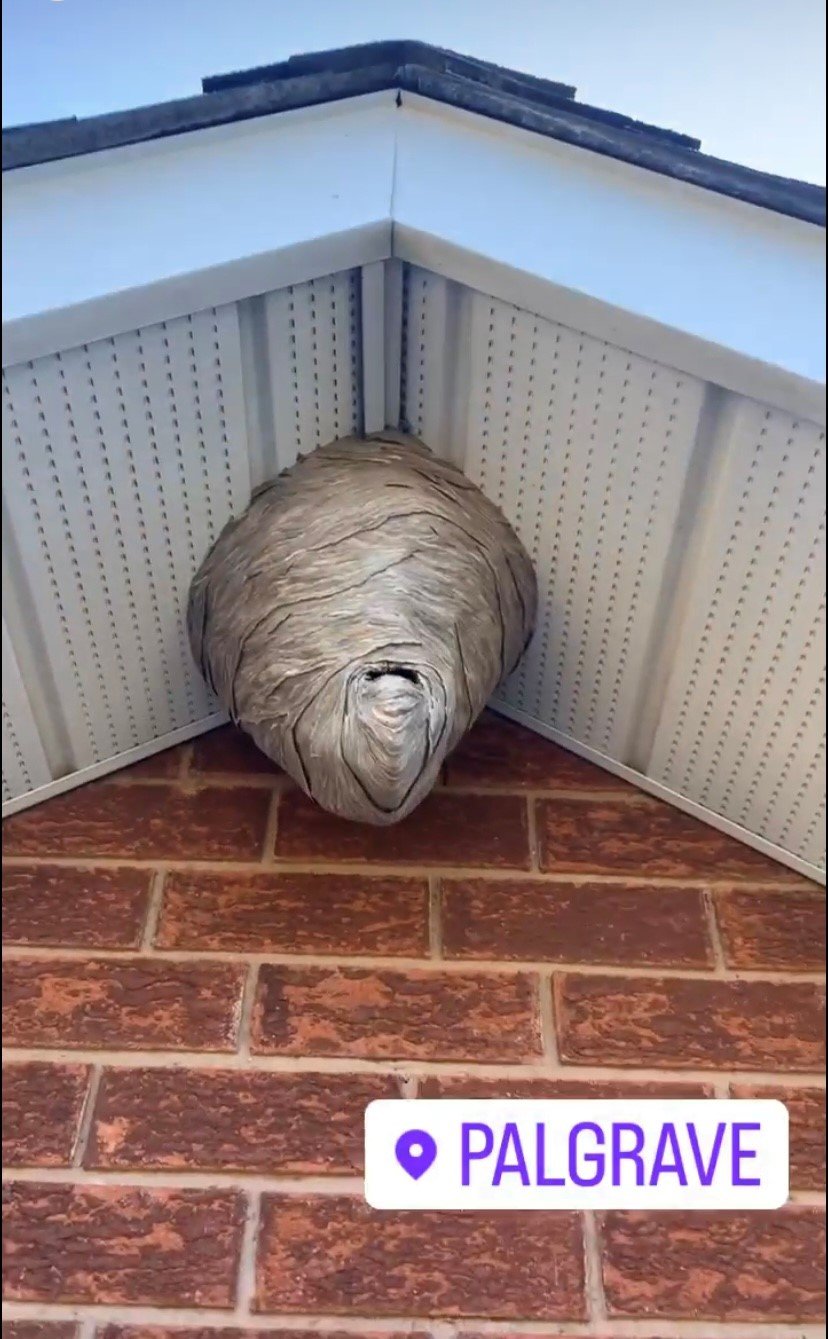Wasps, Bees, and Hornets
Wasps, bees, and hornets are often grouped into the same category. There are differences between bees and wasps, and some interesting things to learn about hornets as well.
Commons types of Wasps & Hornets
Bald-faced Hornet
Mud Dauber Wasps
Paper Wasps
Yellow Jacket
Paper Wasps
Umbrella wasp’, is a common term used to refer to ‘paper wasp’, because their nests resemble the shape of an inverted umbrella. Paper wasps earned their true name from the paper-like material they make from wood fiber and their saliva, which they use to build their nests out of.
Paper wasps are semi-social and live in small colonies, with a cast system. They eat nectar, as well as other insects, like flies and caterpillars. Unlike other species of wasps and hornets, paper wasps may re-use an old nest. Paper wasps are medium to large in size (16k-20 mm), have 6 legs, and are brown in colour, with yellow markings. There are some species with red markings. They are not aggressive, however, if provoked or disturbed, or if they feel their nest is being threatened, they will give a painful sting.
Umbrella wasp nests are comprised of only a single comb with brood cells (individual compartments for their young). There is no paper covering around them.
Nests are often built in residential yards, found hanging from branches of trees and shrubs, fences, porch ceilings, window frames, door frames, soffits, eaves, chimneys, vents and decks (railings and board joists). Indoors, nests are commonly hung from attic rafters and cathedral-style ceilings.
A paper wasp colony begins in the spring, when a fertilized female emerges from overwintering, to initiate the next generation of wasps, and rule as queen. As she builds the new nest, she lays a single egg inside each cell. Once her larvae hatch, she will care for them until they mature into infertile female workers, who will fulfill the worker role to expand the nest, forage for food, caring for the queen (who continues to lay eggs to build the population), and the young.
In late summer, males and fertile females are hatched and will mate so that the next generation of paper wasps can live on. All paper wasps die in the winter, except for the fertilized females who overwinter.
Carpenter Bees
Carpenter bees are not social and live in individual nests that they build in dry untreated wood, hence where they get their name. They nest most often outdoors in trees, tunneling a circular hole 11 to 15mm into the wood that angles down slightly at the bottom, which is where female carpenter bees lay their eggs. While they do chew through the wood, they do not eat the wood. Their diet consists of nectar and plant pollen.
They are also known to build their nests on homes, businesses, and other man-made structures that contain untreated wood, like frames, siding, eaves, fascia, decorative beams, decks, porches, railings, and even wooden lawn furniture.
They especially love cedar (commonly used in decorative beams outside homes and businesses) because it is easy to bore into. They are considered a nuisance for homes, cottages, and businesses because their nesting causes structural or cosmetic damage. They are not as destructive as termites, but they can be responsible for substantial damage after years of infesting the same pieces of wood. Adult carpenter bees overwinter individually in their nests and they will reuse the same nest in the spring and continue to bore into it to enlarge it as needed. Over time, moisture will get into the wood, causing it to rot and decay. Carpenter bee pollen and feces also stain wood.
Signs of a Carpenter Bee infestation
The most common sign that you have a carpenter bee infestation is discovering their smooth, round hole in wood - their nests. Sometimes sawdust is found on the ground beneath where the nest is and was being built. With a carpenter bee infestation, it is common to see these insects flying around these nests. You may also notice pollen or bee feces stains near or around their nesting holes.
